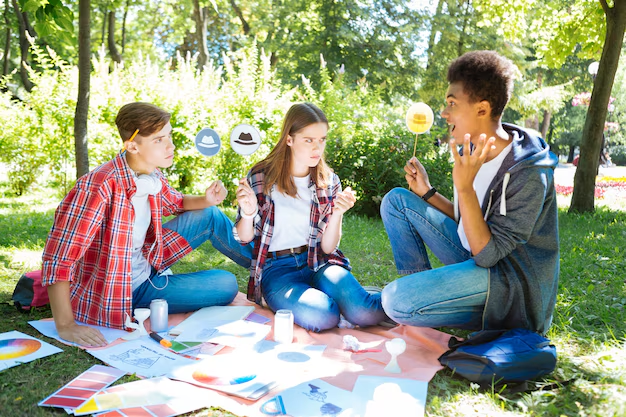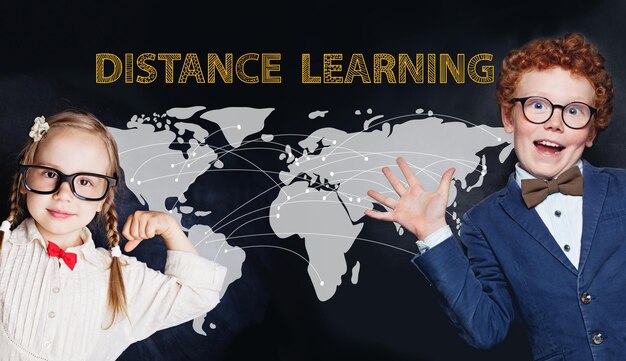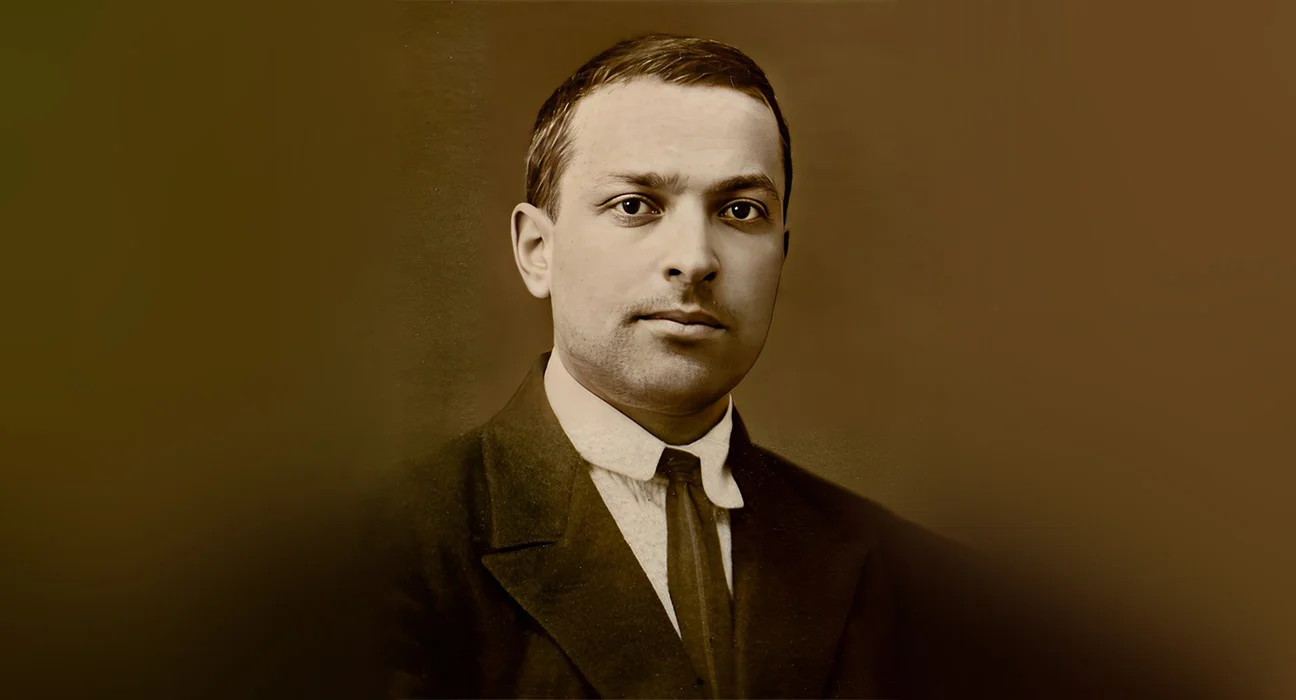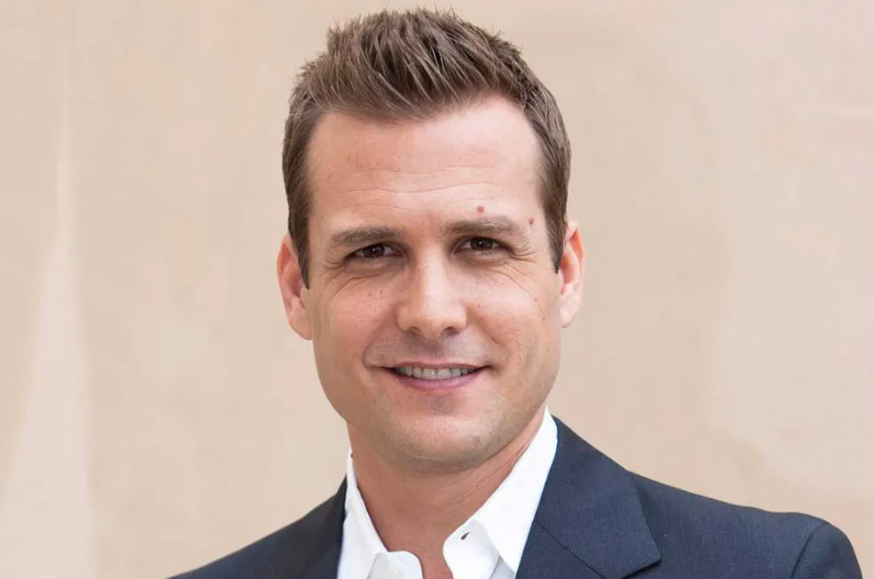Understanding Vygotsky: How His Ideas Help Us Learn and Grow
Vygotsky’s theory is one of the most important ideas in how we understand learning and development. Lev Vygotsky, a Russian psychologist, believed that children learn best when they interact with others, especially those who know more than they do. His ideas, known as the sociocultural theory, show how learning happens through social activities, culture, and conversations.
Vygotsky said that we don’t learn alone. Instead, we learn by talking, listening, and working together with others, like teachers, parents, or friends. He also explained that we can do more with help than we can do by ourselves, especially when we’re learning new things. This is called the Zone of Proximal Development (ZPD), which helps us understand the role of guidance in learning.
How Vygotsky’s Ideas Help Kids Learn Through Social Interaction

Vygotsky believed that learning happens best when children interact with others. It could be a teacher explaining something, or a friend helping solve a problem. The more people they talk to and learn from, the better they understand new ideas.
By talking and working with others, children also learn the language of their culture. Vygotsky said that language helps us think. As kids hear new words and ideas, they start to use them to understand the world better.
The more children practice social interaction, the better they get at solving problems. This shows how learning in a group is important. It helps kids see different viewpoints and ideas that they might not have thought of alone.
The Importance of Culture in Vygotsky’s Theory
Vygotsky’s theory also explains how culture affects learning. He believed that everything we learn is shaped by the culture around us. Culture gives us tools like language and ways of thinking that help us solve problems.
The way we see the world, what we value, and even how we speak all come from the culture we grow up in. This is why children learn in different ways depending on where they live. Culture isn’t just about food or clothes—it’s about how we think, act, and learn.
Children learn best when they understand the culture they are part of. By learning cultural tools, like words and problem-solving methods, kids can become better thinkers. Vygotsky believed that culture is key to helping kids develop.
Vygotsky’s Zone of Proximal Development: What Does It Mean for Learning?

The Zone of Proximal Development (ZPD) is one of Vygotsky’s most famous ideas. It describes the gap between what a child can do alone and what they can do with help. This zone is where the real learning happens.
Vygotsky said that kids can do things they can’t yet do on their own if they get guidance. For example, a teacher or parent might help a child solve a math problem they can’t do alone. Once the child learns how, they can do it by themselves in the future.
Understanding the ZPD helps adults know when to step in and when to let kids figure things out on their own. It’s all about providing the right amount of help so the child can grow without feeling overwhelmed.
The Role of Teachers and Parents in Vygotsky’s Learning Theory

In Vygotsky’s theory, teachers and parents play a key role in helping children learn. They help by providing support and teaching children how to solve problems. This support is known as scaffolding.
When teachers or parents help, they don’t just give answers. They guide children through steps, ask questions, and offer hints to help them think for themselves. This way, children feel confident and learn how to think on their own.
Parents and teachers should also be aware of a child’s Zone of Proximal Development. They should provide the right amount of help to encourage growth without doing everything for the child. This helps kids become more independent.
What is the ‘More Knowledgeable Other’ in Vygotsky’s Theory?
In Vygotsky’s theory, the “More Knowledgeable Other” (MKO) is someone who has more knowledge or skill than the learner. This person helps the child by offering support, guidance, and advice as they learn new things.
The MKO could be anyone—a teacher, a parent, a friend, or even a peer. The important thing is that the MKO provides the child with the help they need to understand something difficult. This helps the child learn at their own pace.
The MKO works closely with the child, ensuring that they stay within their ZPD. This means the MKO offers the right amount of help, pushing the child to learn without overwhelming them.
Benefits of the More Knowledgeable Other (MKO):
- Guidance: Helps children understand new tasks.
- Modeling: Shows the correct way to do things.
- Encouragement: Supports children as they take on challenges.
- Independence: Helps children become more independent learners.
How Vygotsky’s Views on Language Help Us Understand Thinking
Vygotsky said that language is key to how we think. He believed that children use language to help them understand the world around them. There are two types of speech: external speech and inner speech.
External speech is when children talk to others, like asking questions or telling stories. This helps them learn how to express their thoughts and ideas. Inner speech is when kids think to themselves, using language to solve problems in their mind.
By talking aloud and thinking quietly, children learn to reason and solve problems. Vygotsky believed that thinking and language are connected, and as kids grow, they use language to guide their thoughts.
Private Speech and Inner Speech: How Vygotsky Explained Thinking Aloud
Private speech is when children talk to themselves. This type of speech helps kids think through problems and figure out how to solve them. It’s a way for children to guide their thinking and actions.
Inner speech is when children stop talking aloud and start thinking inside their heads. As kids grow older, they begin using more inner speech. This helps them think more clearly and solve problems on their own.
Vygotsky saw private speech as an important part of learning. He believed that it helps children practice problem-solving and develop better thinking skills.
How Scaffolding Supports Learning: Vygotsky’s Powerful Tool
Scaffolding is a teaching method based on Vygotsky’s ideas. It’s all about giving students the support they need to learn something new. Scaffolding allows teachers to guide students while helping them develop the skills they need to succeed.
This technique involves breaking down tasks into smaller steps, making learning easier. Teachers provide the right amount of help, gradually letting students take on more responsibility as they become more capable.
Scaffolding helps children move through their Zone of Proximal Development. By supporting them in the right way, teachers help students grow and become confident learners.
Conclusion
Vygotsky’s ideas have helped us understand that learning is not just about doing things by yourself. He believed that when we learn with others, like teachers, parents, and friends, we can do even better. His theory shows how important it is to talk, share ideas, and get help when we need it. Vygotsky also taught us that culture and language help us think in new ways, making learning a fun and social experience.
In the end, Vygotsky’s theory helps us see that learning happens everywhere and is always growing. By getting support from others and using tools from our culture, we can all become better thinkers. His ideas are still important today, helping teachers and students work together to learn in exciting and creative ways.






Post Comment